Metabolism
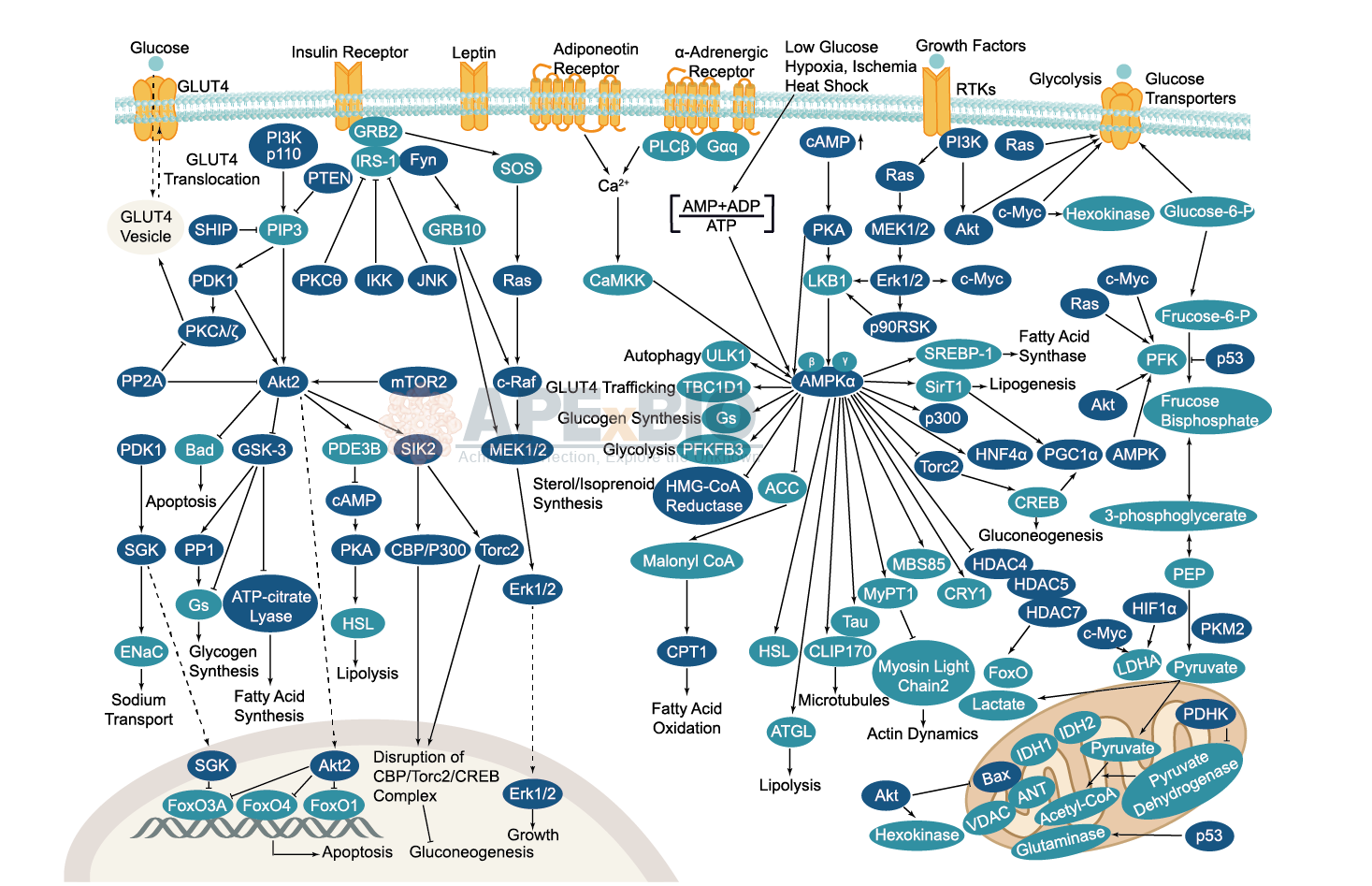
Serine/threonine kinase AMPK upregulates glucose uptake by promoting the expression and function of glucose transporters. AMPK is activated by increased AMP/ATP ratio, resulting from cellular and environmental stress, e.g. low glucose, heat shock, hypoxia and ischemia. AMPK activation positively modulates signaling transductions that refill ATP levels. Moreover, it also stimulates catabolic processes such as fatty acid oxidation and glycolysis through inhibition of ACC and activation of PFK2. AMPK negatively regulates various proteins which are important to ATP-consuming mechanisms, e.g. mTORC2, glycogen synthase, SREBP-1, and TSC2, causing the downregulation/inhibition of gluconeogenesis and glycogen, lipid and protein synthesis.
-
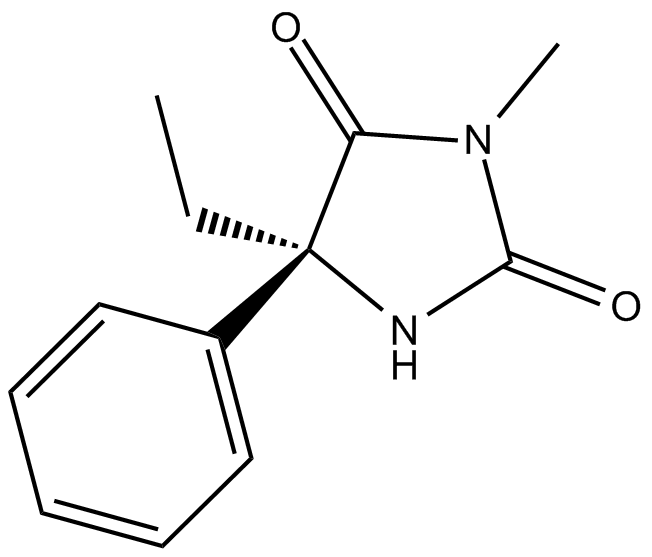 C3414 (S)-MephenytoinSummary: substrate of the cytochrome P450 (CYP) isoform CYP2C19
C3414 (S)-MephenytoinSummary: substrate of the cytochrome P450 (CYP) isoform CYP2C19 -
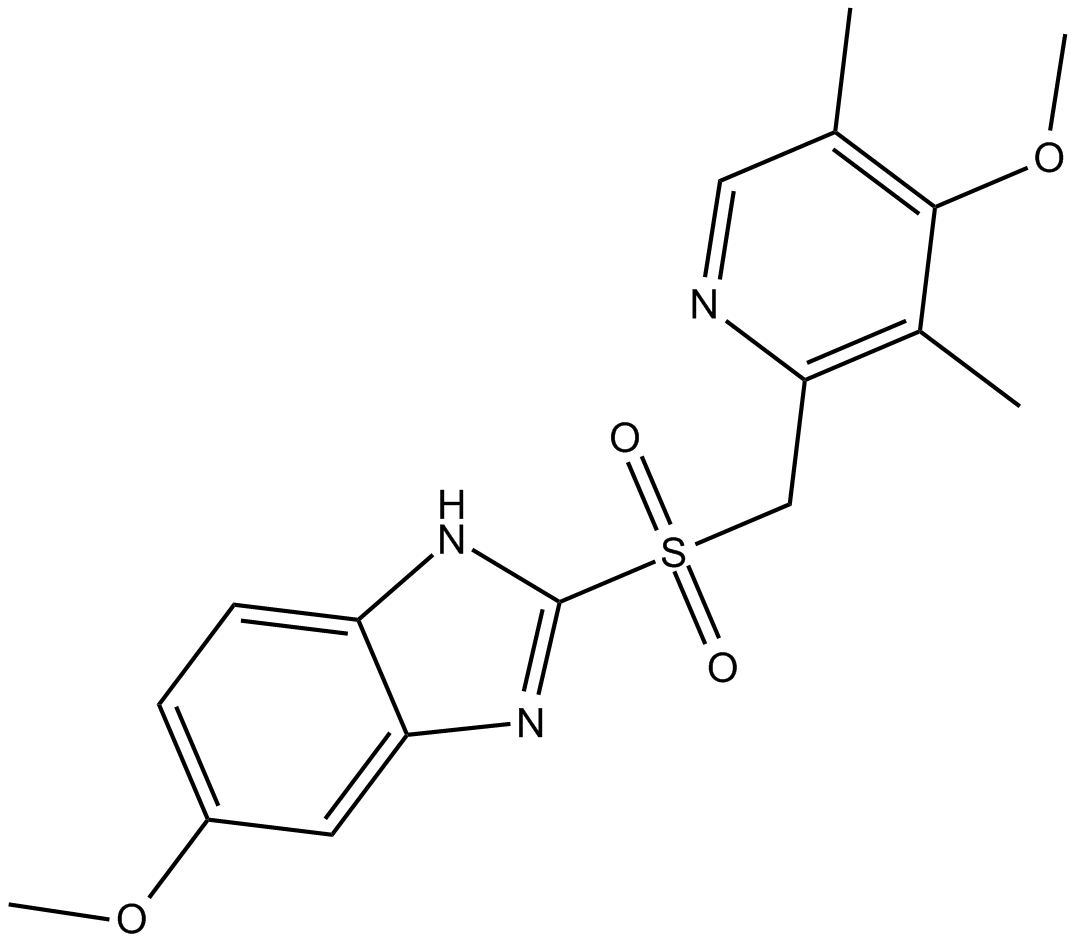 C3471 Omeprazole sulfoneSummary: CYP2C19 inhibitor
C3471 Omeprazole sulfoneSummary: CYP2C19 inhibitor -
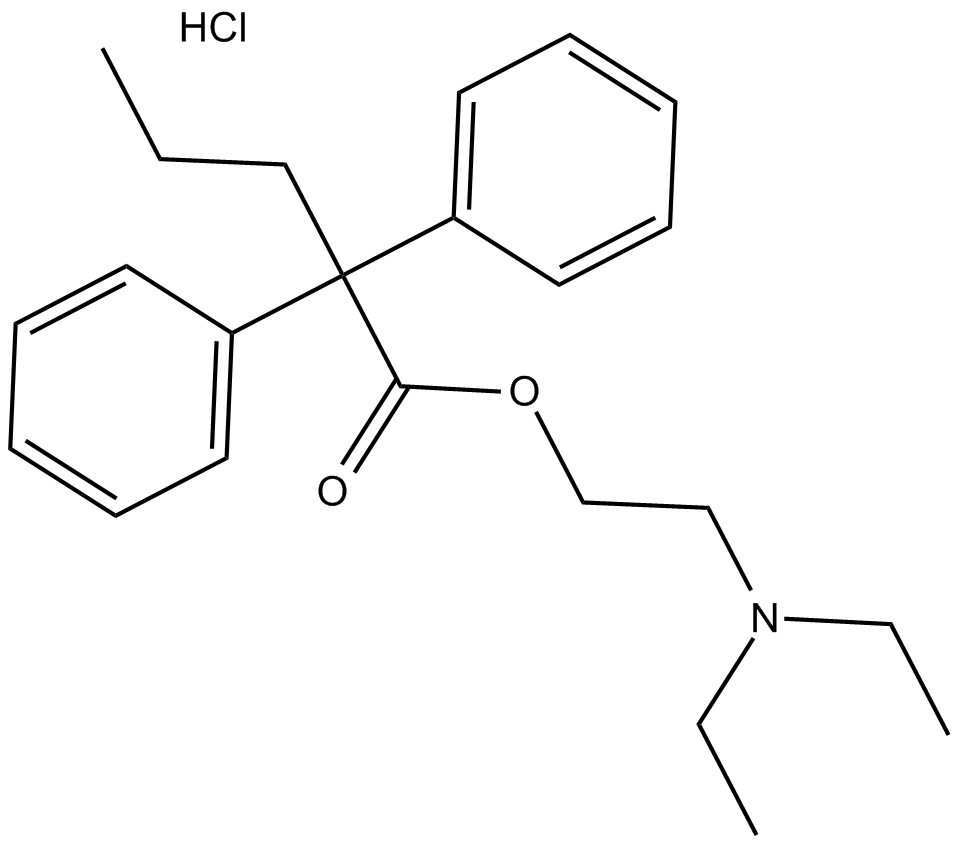 C3560 SKF 525A (hydrochloride)Summary: cytochrome P (CYP)450 inhibitor
C3560 SKF 525A (hydrochloride)Summary: cytochrome P (CYP)450 inhibitor -
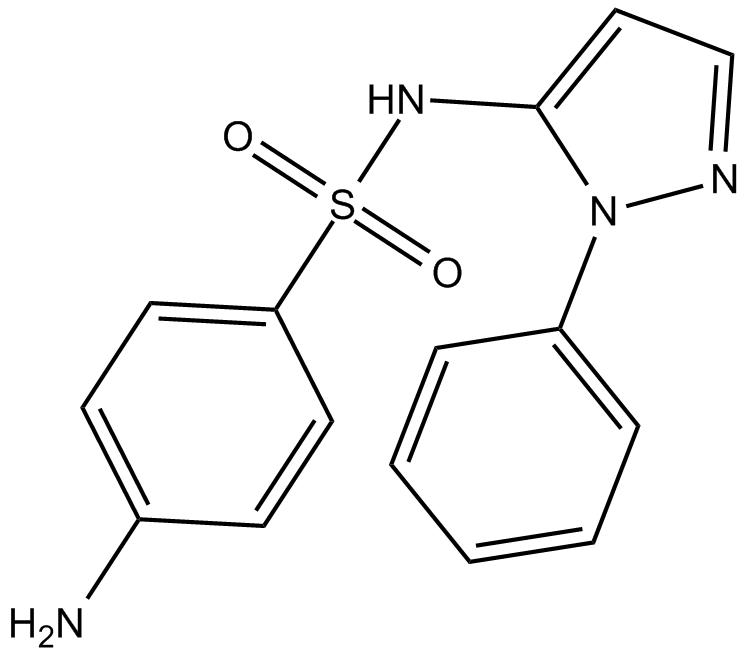 C4131 SulfaphenazoleSummary: CYP2C9 inhibitor
C4131 SulfaphenazoleSummary: CYP2C9 inhibitor -
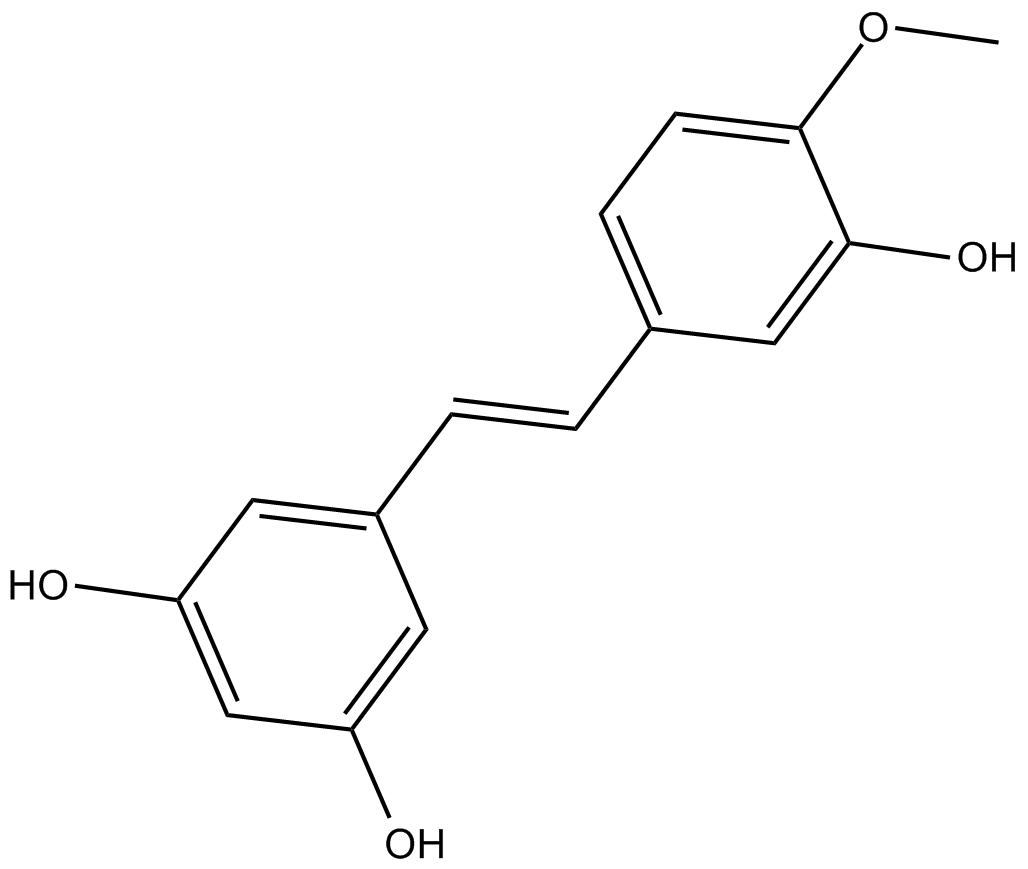 C4253 RhapontigeninSummary: inactivator of cytochrome P450 1A1 with antioxidant and anti-cancer activity
C4253 RhapontigeninSummary: inactivator of cytochrome P450 1A1 with antioxidant and anti-cancer activity -
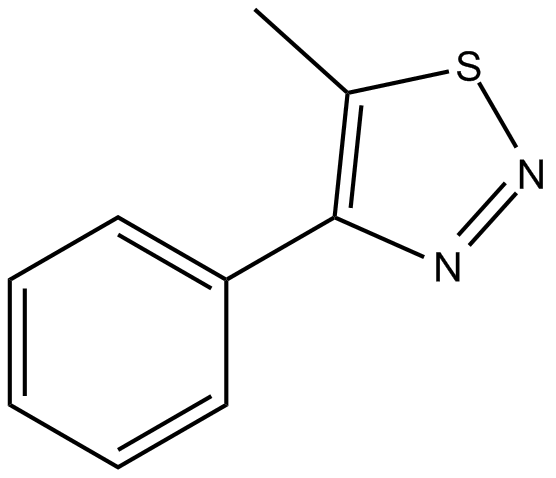 C4429 4-phenyl-5-methyl-1,2,3-ThiadiazoleSummary: CYP2B4 and CYP2E1 inhibitor
C4429 4-phenyl-5-methyl-1,2,3-ThiadiazoleSummary: CYP2B4 and CYP2E1 inhibitor -
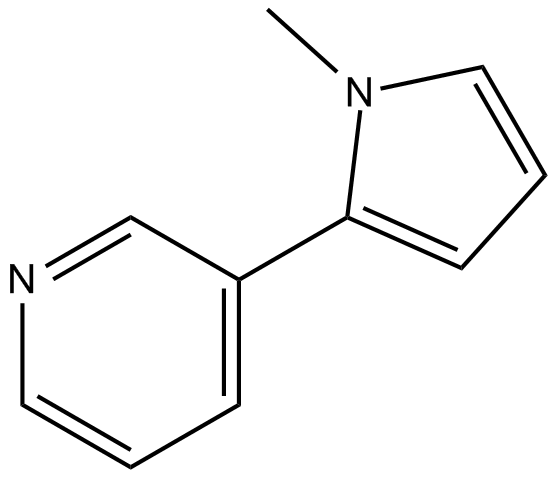 C4647 β-NicotyrineSummary: cytochrome P450 (CYP) isoforms, CYP2A6 and CYP2A13 inhibitor
C4647 β-NicotyrineSummary: cytochrome P450 (CYP) isoforms, CYP2A6 and CYP2A13 inhibitor -
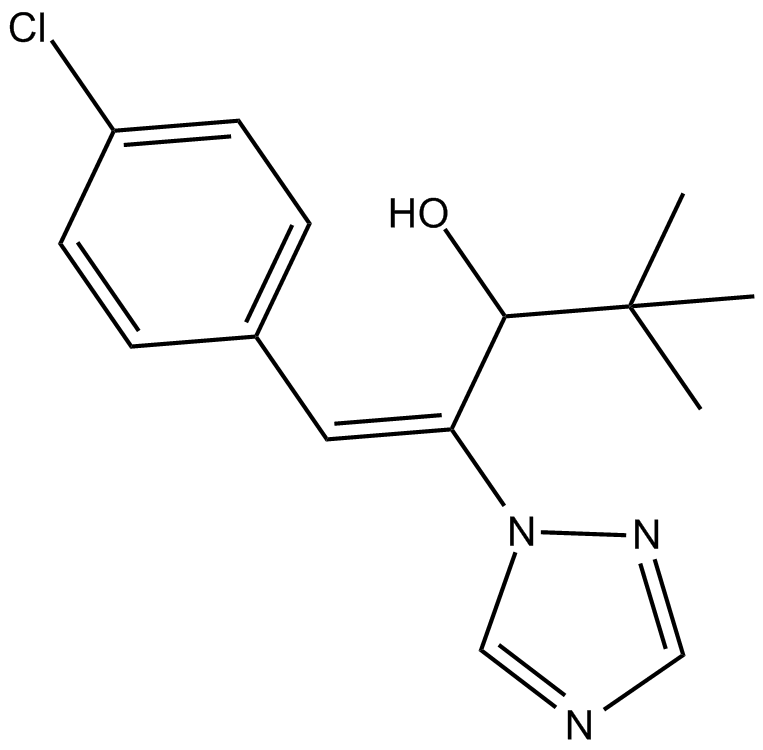 C5076 UniconazoleSummary: cytochrome P450 707As inhibitor
C5076 UniconazoleSummary: cytochrome P450 707As inhibitor -
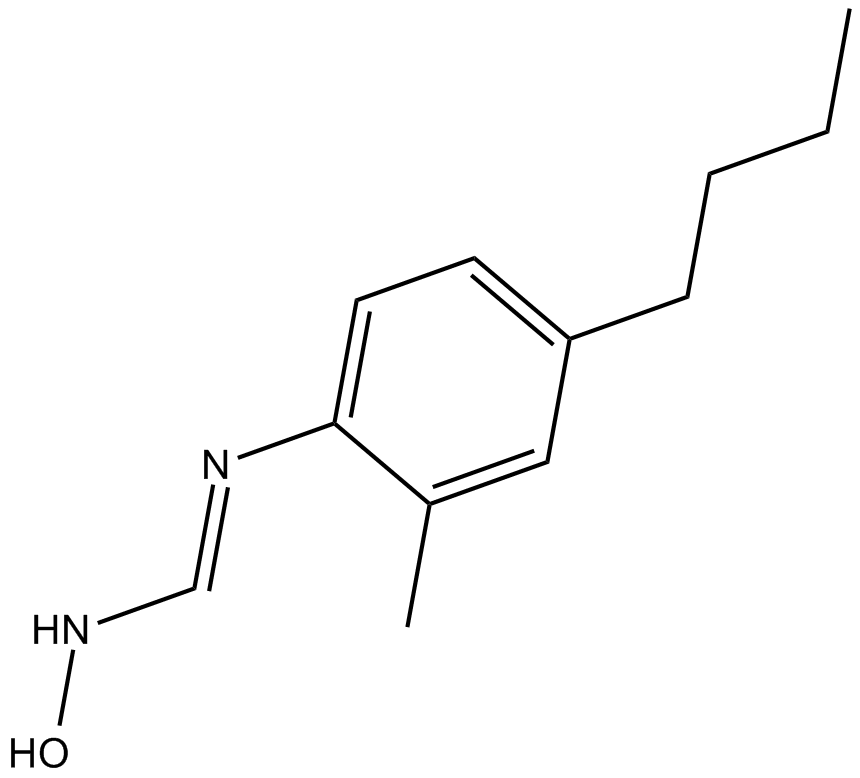 C5344 HET0016Summary: inhibitor of 20-HETE formation
C5344 HET0016Summary: inhibitor of 20-HETE formation -
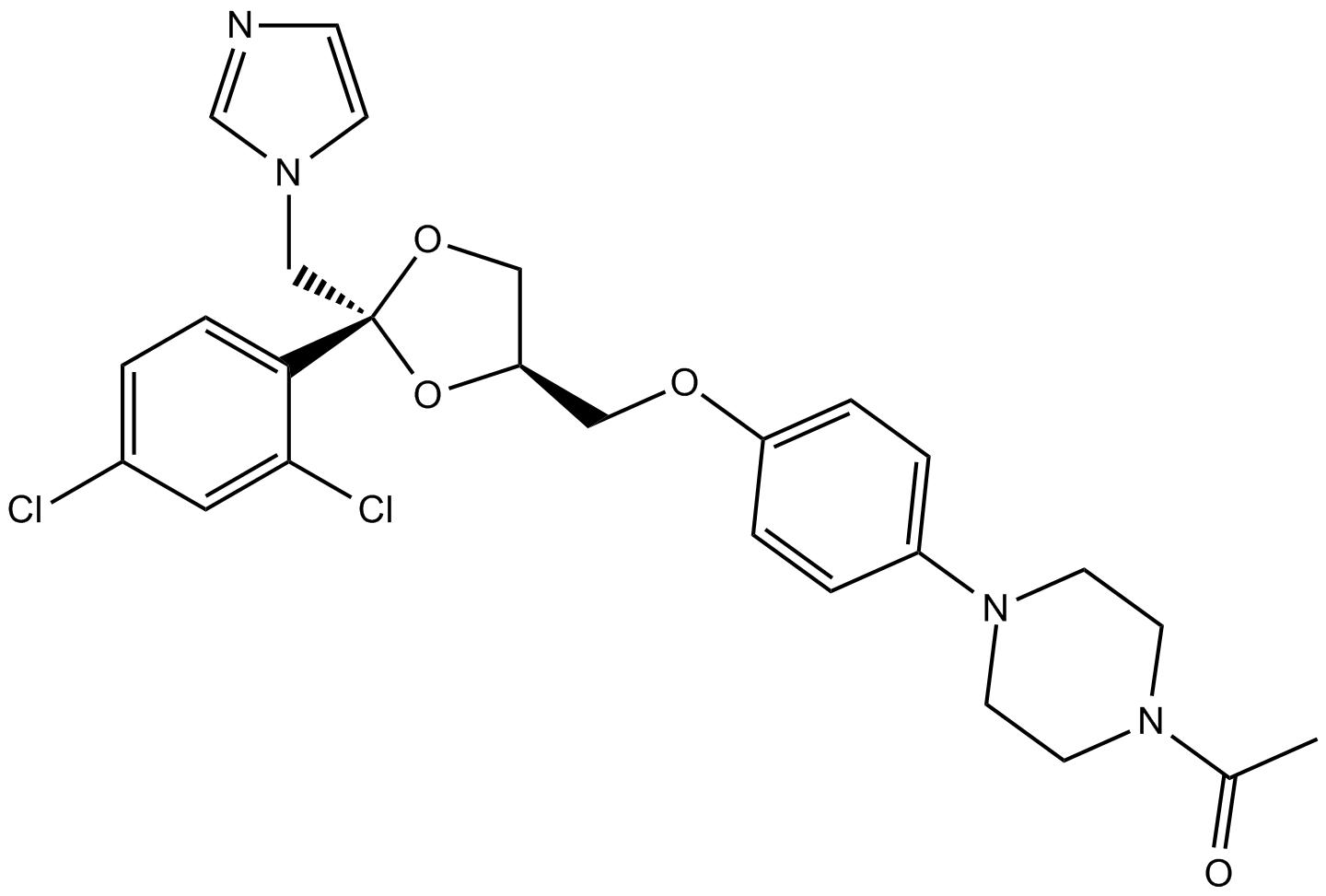 B1240 (+)-KetoconazoleSummary: Potent inhibitor of cytochrome P450c17
B1240 (+)-KetoconazoleSummary: Potent inhibitor of cytochrome P450c17

